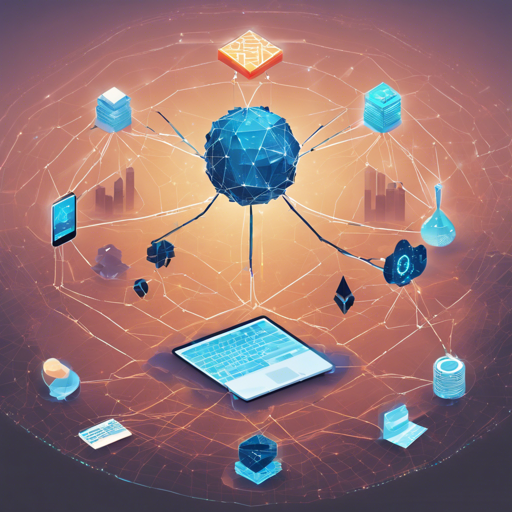Welcome to the Seele project! Here, we will guide you through the key features of Seele, how to get started, and some troubleshooting tips to make your experience smooth and enjoyable.
Understanding Seele
Seele is a blockchain project that integrates advanced technologies, allowing it to process a high volume of transactions while ensuring security and efficiency. Think of Seele as a bustling highway system that uses multiple lanes (shards) to help cars (transactions) travel quickly, even under heavy traffic conditions.
Seele Features
- Sharding: Enables transactions within and between 4 shards, with varying fees.
- Smart Contracts: Supported within individual shards.
- Seele Wallet: User-friendly cryptocurrency wallet.
- High TPS: Up to 500 transactions per second within the same shard and 12 across shards.
- Auditable Supply: A total supply of 1,000,000,000 SEELE tokens, with 300,000,000 allocated for mining.
- Consensus Algorithm: Utilizes MPOW (matrix-proof of work).
- Mining Reward: Consists of structured rewards linked to block confirmations.
- Custom Transaction Fees: Users can set their transaction fees, higher for cross-shard movements.
- Block Details: 100 KB block size with a ~10-second block time.
Downloading Seele
To start using Seele, you can either download a pre-built version or build it from the source:
Download Links
- Linux: Download here
- MacOS: Download here
- Windows: Download here
Building from Source
To build the Seele project from source, ensure you have Go (version 1.7 or later) and a C compiler installed. Here’s how to proceed:
- Install Go and C compiler through your package manager.
- Clone the repository with:
go get -u -v github.com/seeleteam/go-seelecd $GOPATH/src/github.com/seeleteam/go-seele- Linux/Mac:
make all - Windows:
buildall.bat
Running a Node
Your node setup is ready! For mining tutorials, check out:
For running a node, follow the instructions under the Get Started section.
Troubleshooting
If you encounter issues during installation or execution, consider the following steps to troubleshoot:
- Ensure all dependencies for Go and C are correctly installed.
- Verify that you are using the compatible versions of the software.
- Check for updated documentation in the Seele Wiki.
- If problems persist, reach out to the development community via the Gitter chat room.
For more insights, updates, or to collaborate on AI development projects, stay connected with fxis.ai.
Conclusion
At fxis.ai, we believe that such advancements are crucial for the future of AI, as they enable more comprehensive and effective solutions. Our team is continually exploring new methodologies to push the envelope in artificial intelligence, ensuring that our clients benefit from the latest technological innovations.

